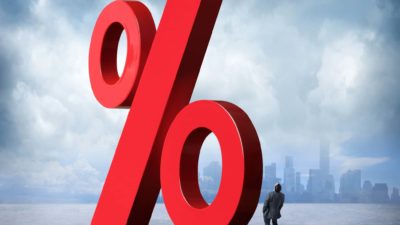Passive income is a key goal of mine, and I'm now receiving a sizeable sum of annual dividends.
However I started with $0 several years ago, and it took time to grow.
It has been a volatile journey, and there were some dud investments along the way. But, I'm pleased with how things are going.
I'd say there are three things that have helped get me to more than $5,000 of annual passive income.
Regularly investing
It takes money to make money, including with the ASX share market. Compounding is a powerful tool, but I needed to add snow to the money snowball which can make it grow faster.
I've tried to invest in the ASX share market every month, with the size of the investment depending on how my household's income and expenses play out each month.
Everyone's finances are different, but let me demonstrate what investing $1,500 per month can do – if the portfolio returns an average of 10% per annum and grows for 10 years, the portfolio would become worth $287,000. My portfolio is worth nowhere near as much as that, but I can see how much growth can help my portfolio's returns in the future.
A $287,000 portfolio with a 5% dividend yield would make $14,350 of annual dividends.
Choose businesses with growing passive dividend income
I have filled my portfolio with businesses that can deliver dividend growth and hopefully capital growth themselves. By making those picks, I believe that will mean I need to contribute less of my own money.
For example, in my portfolio, I own ASX dividend shares like Washington H. Soul Pattinson and Co. Ltd (ASX: SOL), Brickworks Limited (ASX: BKW) and L1 Long Short Fund Ltd (ASX: LSF), which have been building a reputation for passive income growth.
Long-term dividend growth is an attractive feature. Annual dividend income of $100 which grows by 10% thanks to a dividend increase reaches $110 next year. That doesn't sound like much.
Fast forward to receiving $5,000 of annual income – a 10% rise would take that to $5,500. That's a lot of extra cash flowing in for one year.
That's why I like looking at businesses that have a habit of delivering good dividend growth.
Investing during market dips
As I've mentioned, I do regularly invest every month. I've significantly increased the size of my investments when share prices drop heavily.
Low share prices can boost the dividend yield from ASX dividend shares. For example, if an investment has a 5% dividend yield and the share price drops 30%, the yield (for new investors) is boosted to 6.5%.
I invested heavily during the 2020 COVID-19 crash and during 2022 to supercharge my dividend income, with a particular focus on the listed investment company (LIC) WAM Microcap Limited (ASX: WMI). I like the growth potential of ASX small-cap shares, and the LIC normally pays a large dividend yield to shareholders.
Recently, I have been investing in a number of S&P/ASX 200 Index (ASX: XJO) shares that I think have long-term (passive dividend income) potential.









